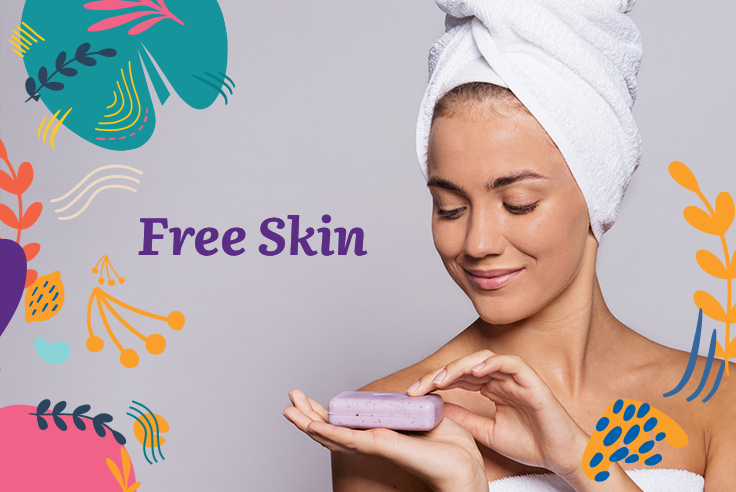“Nature gives you the face you have at twenty; it is up to you to merit the face you have at fifty.” – Coco Chanel
You can read a face like a book and the first glance is like seeing its cover, which only has about three seconds to catch your eye and turn you into a potential reader. But a good cover design is not only about beauty, it will also reflect the whole story behind it.
It is up to us to maintain this “cover” in the best possible condition for as long as we can – making our face-reading a beautiful experience for others!
Even if the face is constantly exposed to transformational elements – such as the weather, or strong emotions that engrave it – it can still remain a beautiful sculpture for half a century or even longer. This is because it has a perfect insulation system, a “defense wall” that protects it from outside enemies. The quality of this wall of course also depends on how we actively participate in maintaining it, either through simple daily gestures or by periodic ‘renovation’.
Because we look in the mirror every day, the passage of time is less noticeable. It is only when poring nostalgically through our photo albums that we clearly see the effects of time and realise that from the youngest age every day is bringing changes and as those days turn into years, we feel youth and beauty gradually waning.
If the strange story of Benjamin Button had not been just a fiction, the controversy around ageing would not exist, and nor would the need for the powerful cosmetics industry. But in fact it is not so much time passing that causes ageing but the genetic degenerative process. Time is used as a convenient excuse for our wrinkles and sagging skin. The only defence against the persistent attack of the genes is a correct lifestyle that becomes a habit, an established routine: correct nutrition, hydration, sufficient sleep and regular physical activity.
If the stomach alerts us when to eat, with the feeling of hunger, the skin does not give us such warnings and it is therefore easy to ignore its needs. To understand how important daily care is, we need to see the skin as a rare and precious plant we need to nurture constantly, without breaks.
The structure of the skin is particularly complex, a true spatial architecture.
The epidermis is the outer layer, the main interface between the external and internal environment, which has a protective hydro-lipid film on its surface. At this level the cells are constantly dividing and the young ones replace those that have reached the end of their existence. These old cells are easily detached but we can speed up this process ourselves with a scrub/peeling, which leaves the skin velvety and enables the cosmetic active ingredients to penetrate more easily. Here in the epidermis, the lipids called ceramides have a key role in hydration and cell cohesion, functioning like mortar between the bricks of a wall.
In the underlying layer, the dermis, the main cell (the fibroblast) produces supporting collagen and elastin fibres, proteins giving elasticity to the skin, and hyaluronic acid that helps hydrate the dermis. But over time, due to the normal ageing process or other causes for which we are directly responsible, collagen stiffens, hyaluronic acid production decreases and we need to give the fibroblast a boost through massage and innovative cosmetic products so that it continues to produce these essential substances on which the health and beauty of our skin depends.
The hypodermis is the deepest layer of the skin. Here are found significant amounts of provitamin D, which is converted into vitamin D by the sun, as well as β-carotene, a natural retinoid, the precursor of vitamin A. Some cosmetics attempt to provide us with an extra supply from outside in the form of synthetic retinol. With a balanced diet, the body will not lack either beta-carotene or vitamin A. As for vitamin D, the number of foods containing it is limited and a supplement may be necessary. The subcutaneous adipose tissue lies beneath the hypodermis, the body’s reserve for dark days or maybe the cause of our constant war with extra kilos.
Going back to the epidermis, our “book cover” and “defence wall”, the primary role in skin protection is played by the lipid film. Because the first gesture of skin care is cleansing, this film must be immediately reconstituted to avoid dehydration and to balance the bacterial flora. Therefore, you should not choose a cleansing product based on synthetic surfactants that contain no oil, but an Evantyne hand-made natural soap, which uses the old method of cold saponification that allows oils to be added to the soap. These oils help to quickly restore the skin’s natural protective layer and leave it feeling soft, hydrated and comfortable. With this soap the entire body surface will be protected and cared for.











